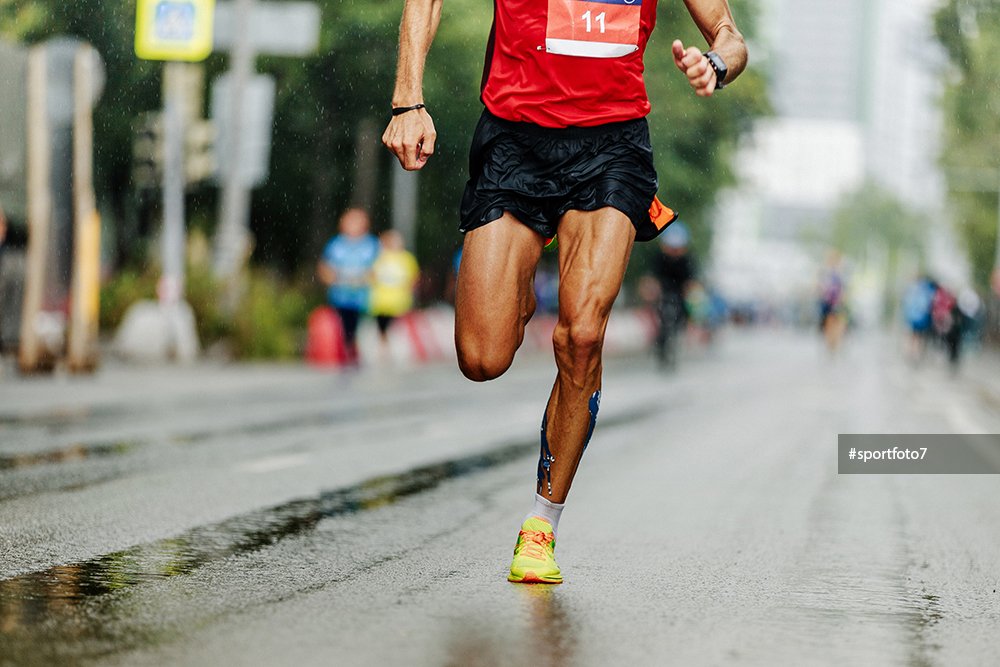All who move and exercise eventually will experience injury. For many this is typically tearing to the muscle belly (strain) or overuse injuries to the muscle tendon structure (tendonitis/tendinosis) (J.D., 1992). The episodes can be extremely frustrating emotionally and psychologically as well as physically defeating if attempting to push through the pain. There are many schools of thought regarding orthopedic rehabilitation, however, being an active participant in the recovery process will lead to more efficient and effective outcomes (Ardern, Taylor, Feller, Whitehead, & Webster, 2013).
Tendinitis/Tendinosis
For decades tendonitis has been the diagnosis for many overuse injuries. “Itis” indicates that there is an inflammatory process present. At the onset of injury often times there will be minor inflammation however studies over the past years have clearly demonstrated these tendon overuse injuries are present in the absence of inflammation (J. L. Cook & Purdam, 2009). As such, the term tendinosis has been adopted and is believed to be the result of a poor healing process. Often times this is related to repetitive use resulting in overloading the tendon (J. Cook & Docking, 2015). Seeing as these issues are present in the absence of inflammation our treatment/rehabilitation programs have adjusted.
Rest/modification
Decreasing irritation and stress to the damaged tissue is essential to allow for it recover and repair. This doesn’t necessarily mean a complete cessation of activity. A complete absence of stress has been shown to lead to slower and poorer recovery outcomes. Activity level should engage the tissues at an intensity and volume that provides essential nervous system feedback but does not over stress the tissue to the point of re-irritation or further injury (Logan et al., 2017).
Progressive Loading
Once the tissue has calmed down and begun to repair the next step is progressive tissue loading. Most research recommends either eccentric or isometric loads to encourage tissue remodeling and improved strength/resiliency (Rathleff et al., 2015). Movement patterns should be chosen based on confidence and safety with progression to more difficult patterns as the tissue adapts and the individual gains more self-confidence (Picha & Howell, 2018). Over time both the amount of resistance and the range of the movement should increase at appropriate intervals. At Hybrid Health we typically proceed through the following pattern: range of motion, endurance, strength, velocity. This order can be adjusted to meet individual physical needs and outcomes.
Return to activity
After tissues have recovered and begun adapting to loading protocols a return to activity is warranted. Volume and intensity of activity should begin low to ensure the tissues and nervous system aren’t shocked and re-irritated. This reintroduction could be quite short or prolonged depending on the health of the tissues and self-efficacy of the individual (Podlog, Dimmock, & Miller, 2011). The greatest risk is a full return to activity too quickly leading to reinjury. Moving too slow will also create challenge as not enough stress and stimulation will be present for the body to adapt and fully recover (Järvinen, Järvinen, & Kalimo, 2013).
References:
Ardern, C. L., Taylor, N. F., Feller, J. a, Whitehead, T. S., & Webster, K. E. (2013). Psychological responses matter in returning to preinjury level of sport after anterior cruciate ligament reconstruction surgery. The American Journal of Sports Medicine, 41(7), 1549–58. https://doi.org/10.1177/0363546513489284
Cook, J., & Docking, S. (2015). “Rehabilitation will increase the ‘capacity’ of your …insert musculoskeletal tissue here….” Defining ‘tissue capacity’: a core concept for clinicians. British Journal of Sports Medicine, 49(23), 1484–1485. https://doi.org/10.1136/bjsports-2015-094849
Cook, J. L., & Purdam, C. R. (2009). Is tendon pathology a continuum? A pathology model to explain the clinical presentation of load-induced tendinopathy. British Journal of Sports Medicine, 43(6), 409–416. https://doi.org/10.1136/bjsm.2008.051193
J.D., P. (1992). Exercise, injury and chronic inflammatory lesions. British Medical Bulletin, 48(3), 668–682. Retrieved from http://www.embase.com/search/results?subaction=viewrecord&from=export&id=L22254223%5Cnhttp://sfx.ub.rug.nl:9003/sfx_local?sid=EMBASE&issn=00071420&id=doi:&atitle=Exercise,+injury+and+chronic+inflammatory+lesions&stitle=BR.+MED.+BULL.&title=British+Medical+Bulletin&volume=48&issue=3&spage=668&epage=682&aulast=Perry&aufirst=J.D.&auinit=J.D.&aufull=Perry+J.D.&coden=BMBUA&isbn=&pages=668-682&date=1992&auinit1=J&auinitm=D.
Järvinen, T. A., Järvinen, M., & Kalimo, H. (2013). Regeneration of injured skeletal muscle after the injury. Muscles, Ligaments and Tendons Journal, 3(4), 337–45. Retrieved from http://www.pubmedcentral.nih.gov/articlerender.fcgi?artid=3940509&tool=pmcentrez&rendertype=abstract
Logan, P., Smith, T. O., Bateman, M., Rathleff, M. S., Hendrick, P., Selfe, J., … Smith, B. E. (2017). Should exercises be painful in the management of chronic musculoskeletal pain? A systematic review and meta-analysis. British Journal of Sports Medicine, 51(23), 1679–1687. https://doi.org/10.1136/bjsports-2016-097383
Picha, K. J., & Howell, D. M. (2018). A model to increase rehabilitation adherence to home exercise programmes in patients with varying levels of self-efficacy. Musculoskeletal Care, 16(1), 233–237. https://doi.org/10.1002/msc.1194
Podlog, L., Dimmock, J., & Miller, J. (2011). A review of return to sport concerns following injury rehabilitation: Practitioner strategies for enhancing recovery outcomes. Physical Therapy in Sport, 12(1), 36–42. https://doi.org/10.1016/j.ptsp.2010.07.005
Rathleff, M. S., Mølgaard, C. M., Fredberg, U., Kaalund, S., Andersen, K. B., Jensen, T. T., … Olesen, J. L. (2015). High-load strength training improves outcome in patients with plantar fasciitis: A randomized controlled trial with 12-month follow-up. Scandinavian Journal of Medicine and Science in Sports, 25(3), e292–e300. https://doi.org/10.1111/sms.12313

